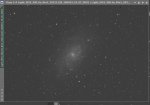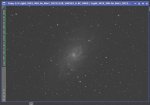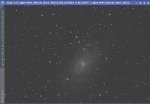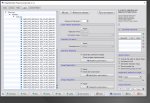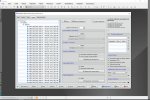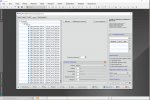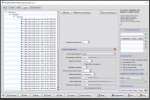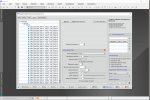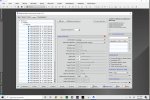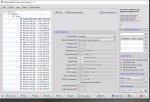Stephen Andrew Kennedy
Active member
Please help me correct the user error that has resulted in the issue described below. I collected about 100 light frames of M33 during one evening, and culled out about 38 light frames due to clouds, etc. Of the 62 remaining images, blink shows them to be of good quality. I added the 62 light frames into WBPP with corresponding bias, flats, and darks. After running the script I get an error saying that only 13 light frames can be registered. According to the process logger, it looks like the software is excluding all the images captured after the meridian flip. For your convenience, attached is the process logger, a screen grab of the reference image, a screen grab of an image that was successfully included in registration, and a screen grab of one image rejected per the process logger. What user error have I committed and how do I resolve this?
UPDATE: I tried using the star alignment process based on the calibrated frames. 24 succeeded, 38 failed. I copied the info from the process console on the errors in case this helps and have included that in a txt file.
Equipment:
WO 102 with flattener, ZWO 2600MC Pro, guided on the EQ6R Pro with WO scope and camera, I am using the ASI Air Pro to collect the images, perform the meridian flip, etc.
UPDATE: I tried using the star alignment process based on the calibrated frames. 24 succeeded, 38 failed. I copied the info from the process console on the errors in case this helps and have included that in a txt file.
Equipment:
WO 102 with flattener, ZWO 2600MC Pro, guided on the EQ6R Pro with WO scope and camera, I am using the ASI Air Pro to collect the images, perform the meridian flip, etc.
Attachments
Last edited:

